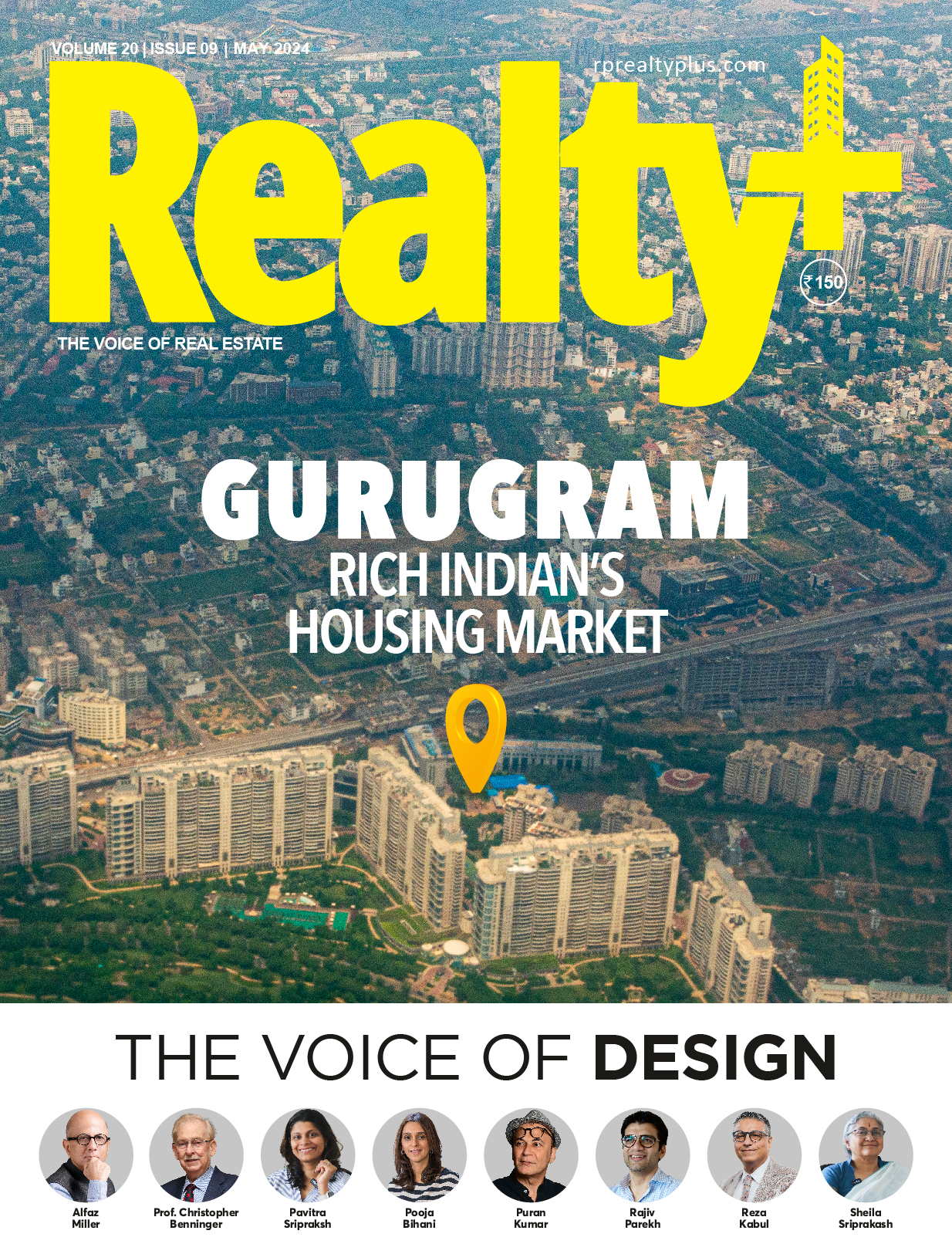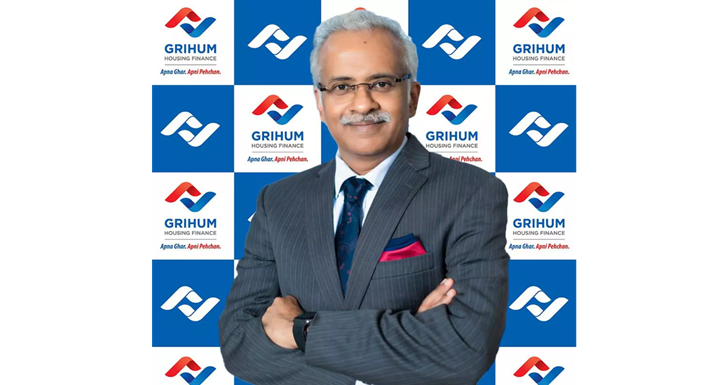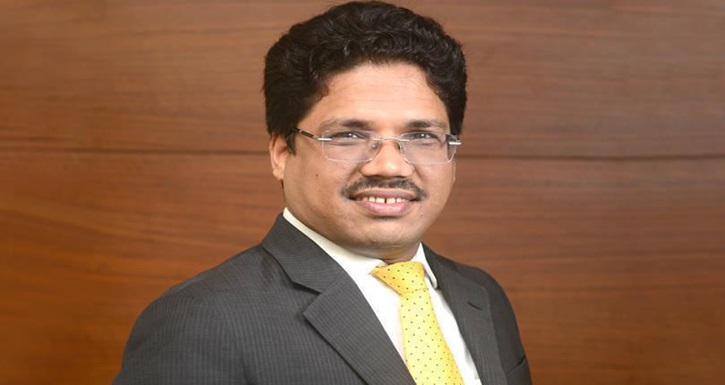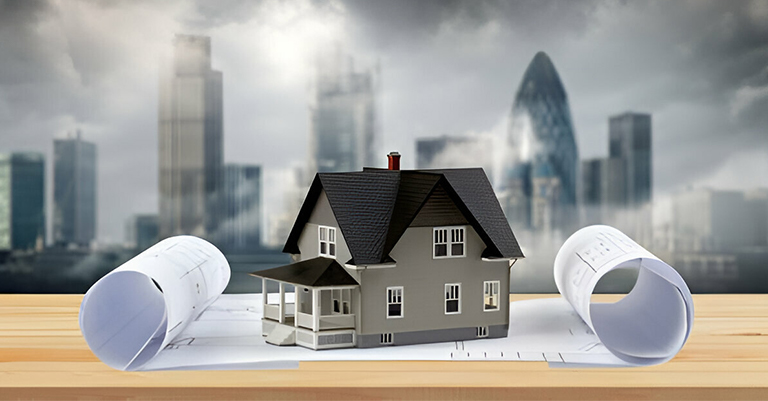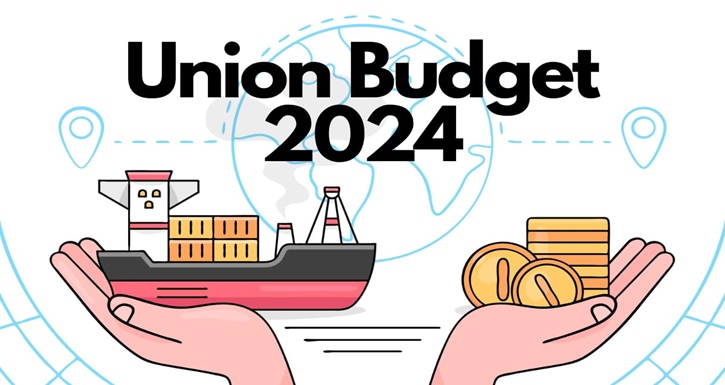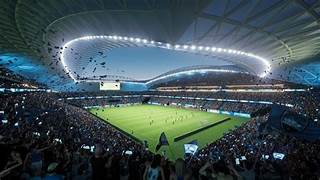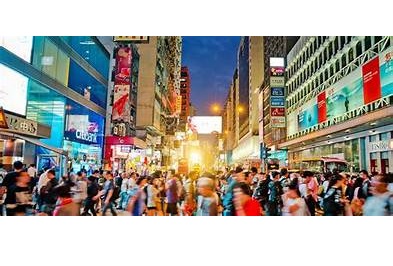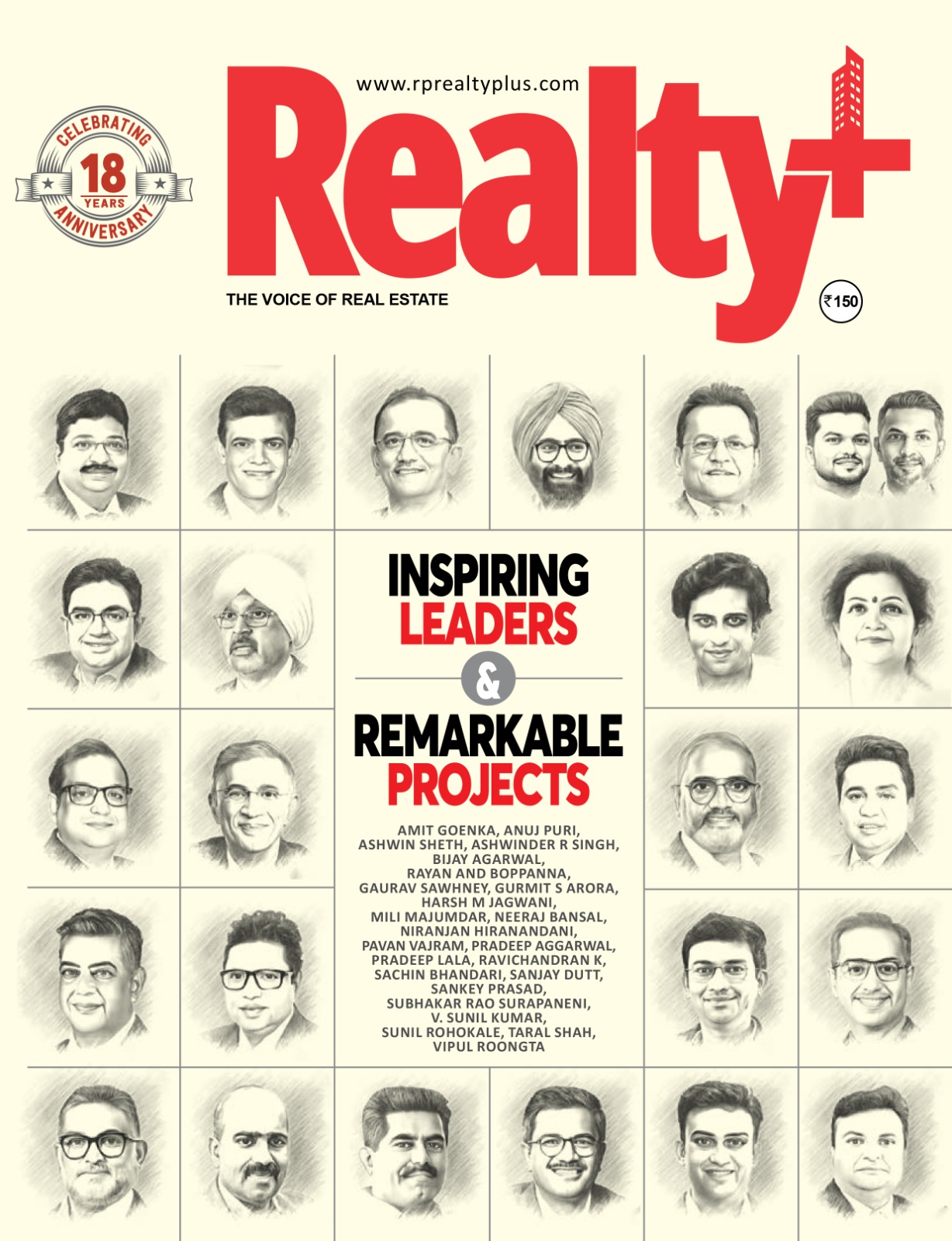To further stimulate the housing sector, it is crucial to reinstate the PMAY CLSS under the Housing for All mission, particularly for the LIG/EWS sectors. The old definitions of Economically Weaker Section (EWS) and Lower Income Group (LIG) need to be adjusted for inflation, raising the EWS limit to Rs4.8 lakhs and the LIG limit to Rs9.2 lakhs per annum from the current Rs3 lakhs and Rs6 lakhs, respectively. Additionally, the housing size should be increased to 60 square meters for EWS and 90 square meters for LIG.
The affordable housing scheme offered by the NHB, featuring concessional finance rates for new mortgage customers and first-time home buyers with ticket sizes under Rs15 lakhs, and allowing a minimum net interest margin of 5.5%, will significantly propel the industry.
Waiving stamp duty for first-time buyers will also provide a significant boost.
The Beneficiary Led Construction (BLC) scheme administration needs a complete revamp. If effectively implemented through a nodal agency model akin to PMAY CLSS, CGTMSE, and ECLGS in partnership with HFCs, this scheme can substantially boost the self-construction market in rural India.
The Credit Risk Guarantee Fund Trust for Low Income Housing (CRGFTLIH) needs to be amended for the redefined EWS/LIG sector and administered alongside other successful government schemes like CGTMSE and ECLGS to bolster credit flow in the sector.
Integrating PMAY with the PM Surya Ghar Yojna will further complement the Green GDP initiative, revolutionizing green technologies and promoting non-hazardous, environmentally friendly construction practices, thereby
.jpg)
